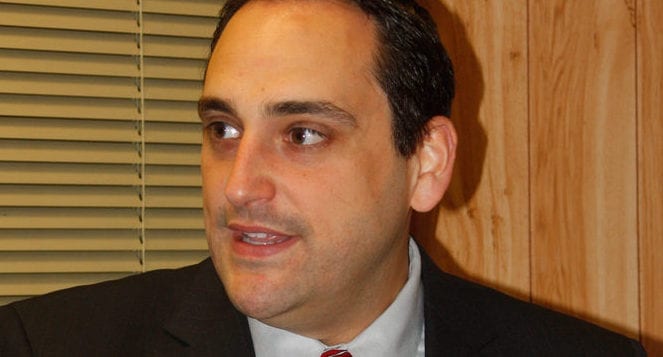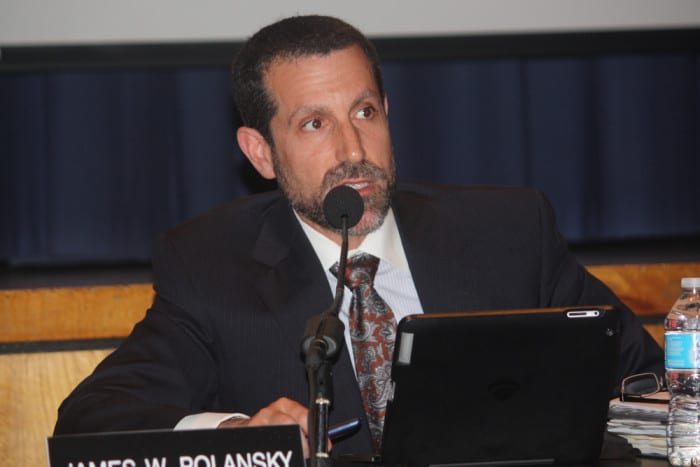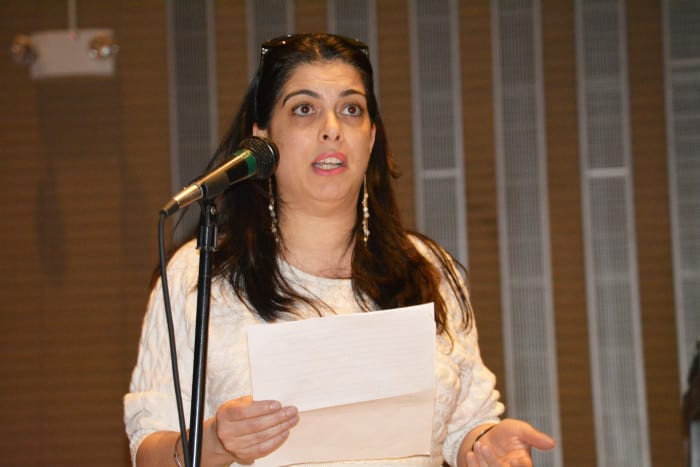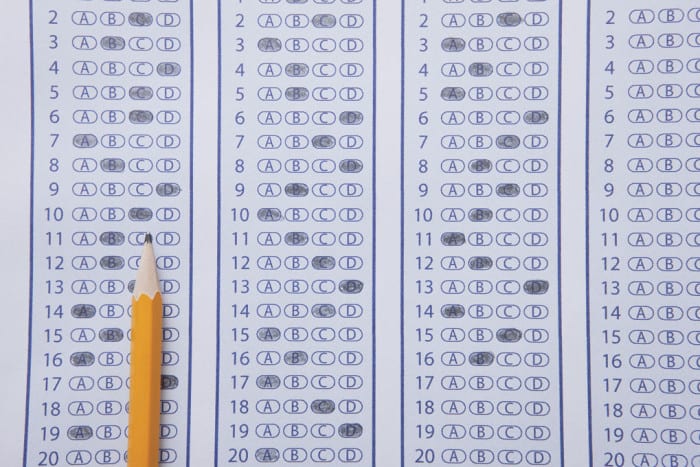With less than one month until the New York State testing begins in grades three to eight, parents in Kings Park are vocalizing their right to opt out and say they want the board of education to do the same.
At a meeting earlier in the month, several parents asked the board to craft a resolution on standardized testing. Then they started a petition through their group, Kings Park Advocates for Education, to establish a unified voice.
The petition highlighted three items the parents would like the board to support. It said they want support for their right to opt their child out of the high stakes testing, support for alternate activities for their child during the test, and easier options when it comes to opting out.
At Tuesday’s meeting, the board opened up as a whole for the first time, as President Tom LoCascio read a statement on the board’s behalf.
“We believe the decision of whether to participate in or to refuse to take a state assessment is a personal decision and ultimately a parent’s choice and in either case a decision that should be afforded mutual respect,” LoCascio said.
The statement went on to say the board believes in public education, that every student in the district deserves an opportunity to succeed and that they believe teachers should be evaluated using multiple forms of assessment.
It also said that as a board, they recognize Gov. Andrew Cuomo and certain interests have politicized many educational issues and that they are concerned how this will impact the district.
“We will continue to work to advance our adopted board goals, prevent the erosion of local control and fight to ensure that educators and those elected by our community have the final decision in how our schools are run,” LoCascio said.
Parents said the statement still did not impress them.
“This community is asking the board of education to step up, pick a strong stand,” parent Shala Pascucci said during the meeting’s public comment forum. “That was a step in the right direction, but if you read the resolution from other neighboring districts, you will know that resolution is not as strong as it could be.”
Pascucci went on to say the board statement is not specific enough, but did acknowledge it’s a step in the right direction. Board member Pam DeFord also acknowledged the statement and said she agreed with parents.
“You’re right, it’s a small step, and we will continue to work on it,” DeFord said.
Parents also said they were upset about the process that will take place in the classroom the morning of the assessment. Parent Dina Stramara quoted from the test refusal question-and-answer section on the board’s website, visibly upset by what her child will go through.
According to the document, children will be seated in assigned seats and a proctor will pass out the documents. They will know ahead of time which students are refusing the assessment, but children must verbally confirm it.
“In the most non-judgmental, non-confrontational, and delicate manner possible, the proctor will verbally confirm with each individual child that he/she is refusing the assessment, those exam materials will be collected, and the child will be permitted to read quietly,” the document said.
Stramara said there is nothing non-judgmental and delicate about putting a child in an awkward position. She said they are not adults and parents should make the decision for them. She also asked why the district would still put the test in front of them if they know they are refusing ahead of time.
“Asking [a young child] to verbalize this is absolutely ludicrous,” Stramara said to the board. “I implore you to please reconsider this procedure. It is not our children’s fault that the state and the district are failing them by making them pawns in this ridiculousness.”
Schools Superintendent Timothy Eagen said this was not a district procedure but one from the New York State Education Department.
“According to the state education department, an activity that is acceptable for students who finish the test early or refuse to take the test is simply to read something,” Eagen said in an interview after the meeting.








